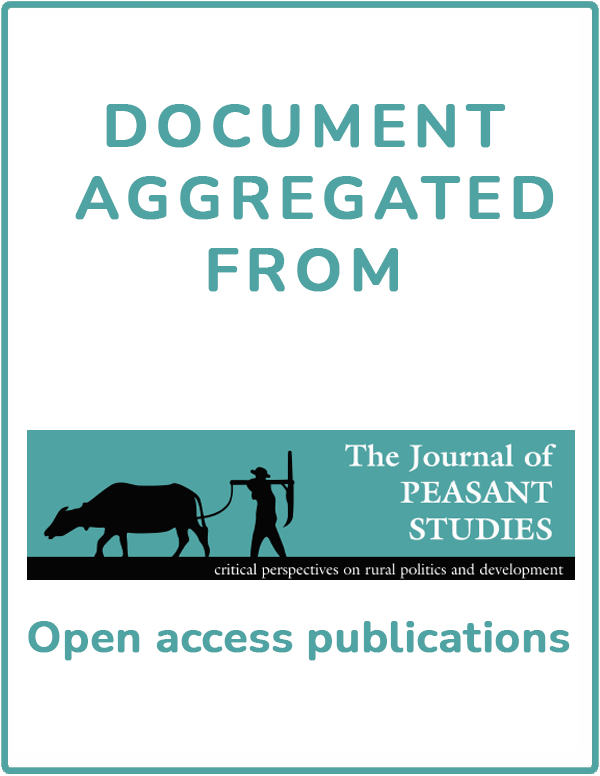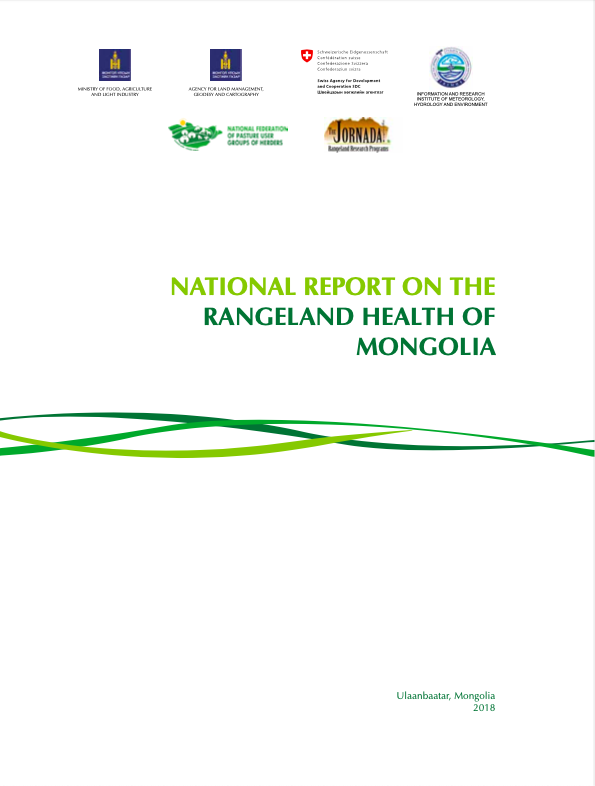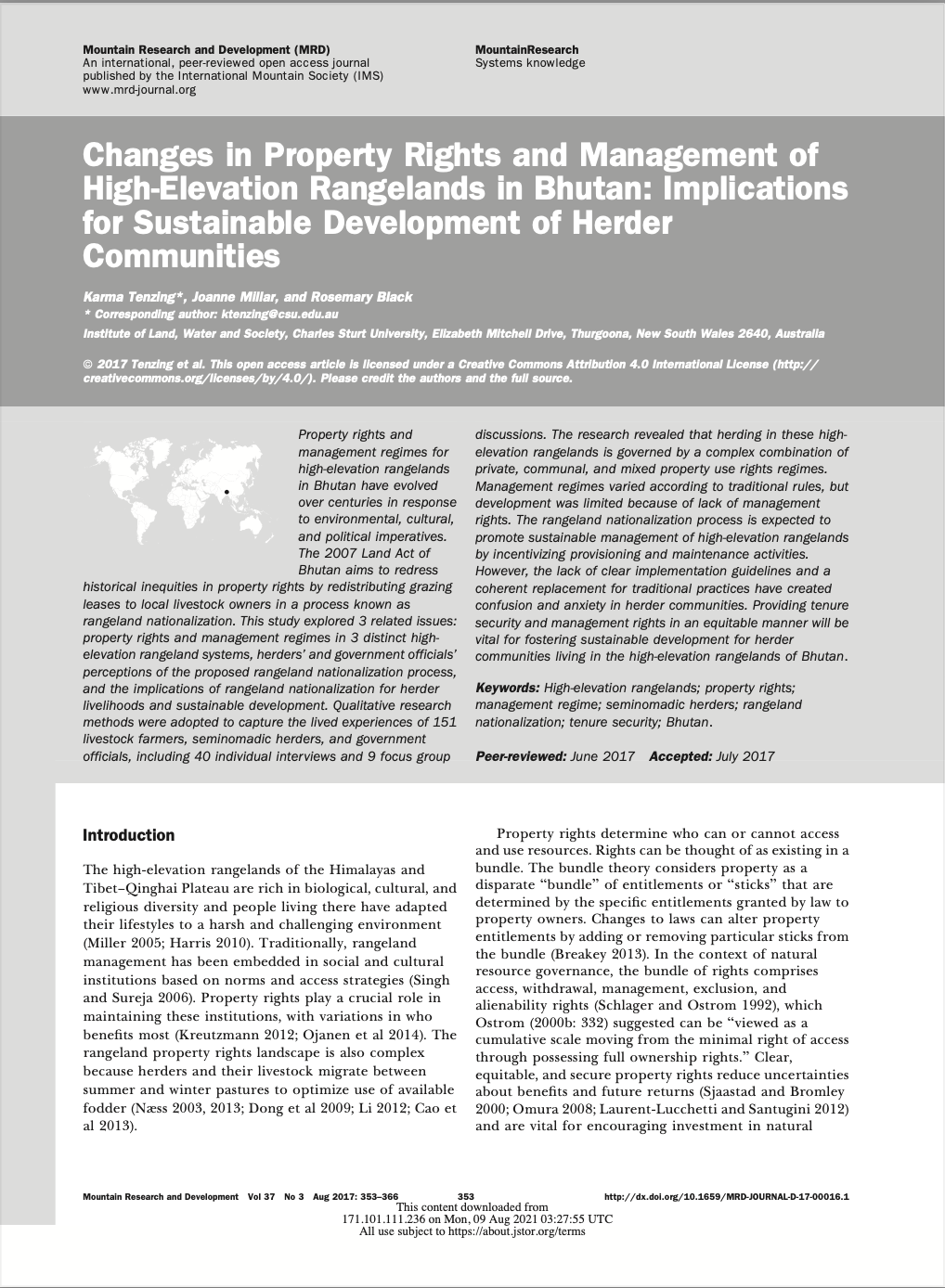Transboundary animal diseases
Transboundary animal diseases (TADs) are highly contagious epidemics with the potential for very rapid spread, causing serious economic and sometimes public health consequences while threatening farmers' livelihoods. TADs often cause high morbidity and mortality in susceptible animal populations. Some TADs are also emerging infectious diseases, food-borne diseases and/or zoonoses: these are covered in other chapters.









